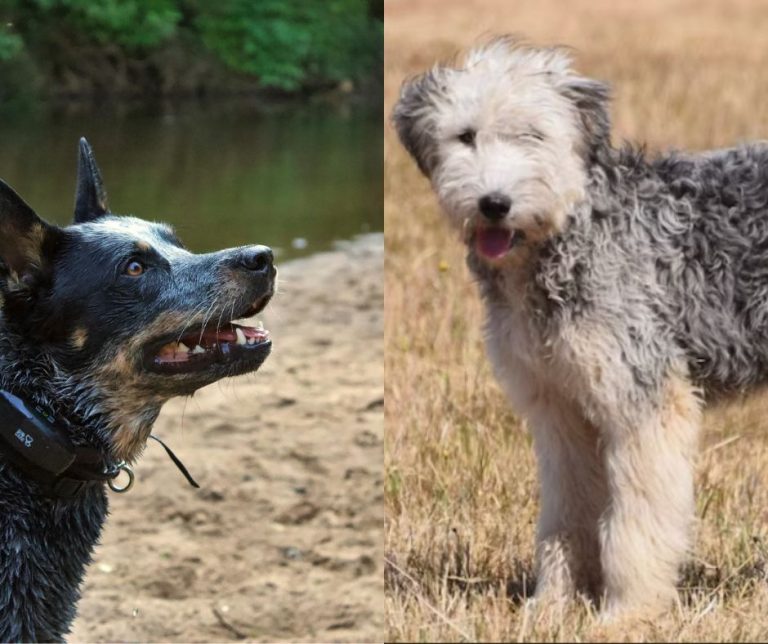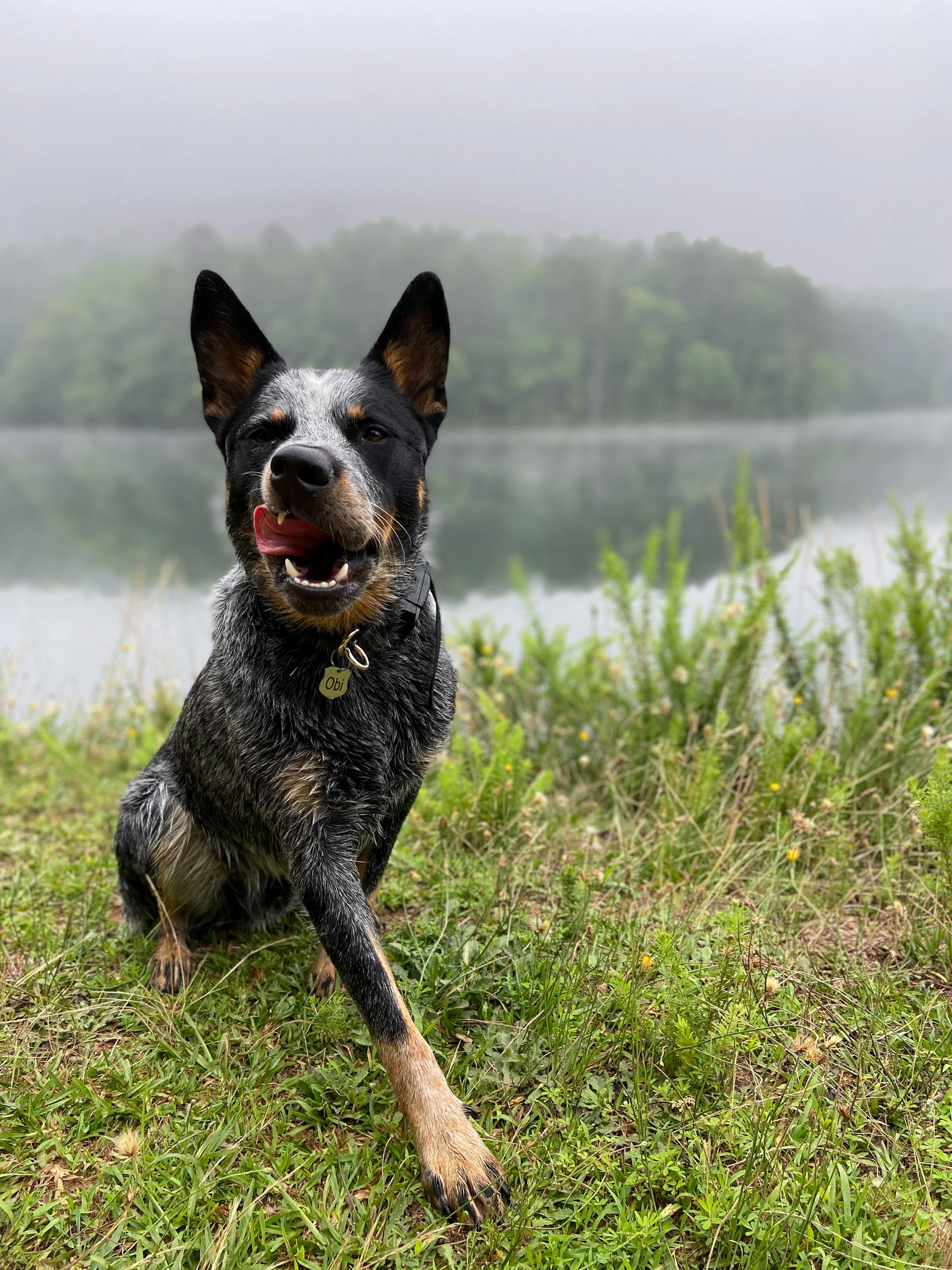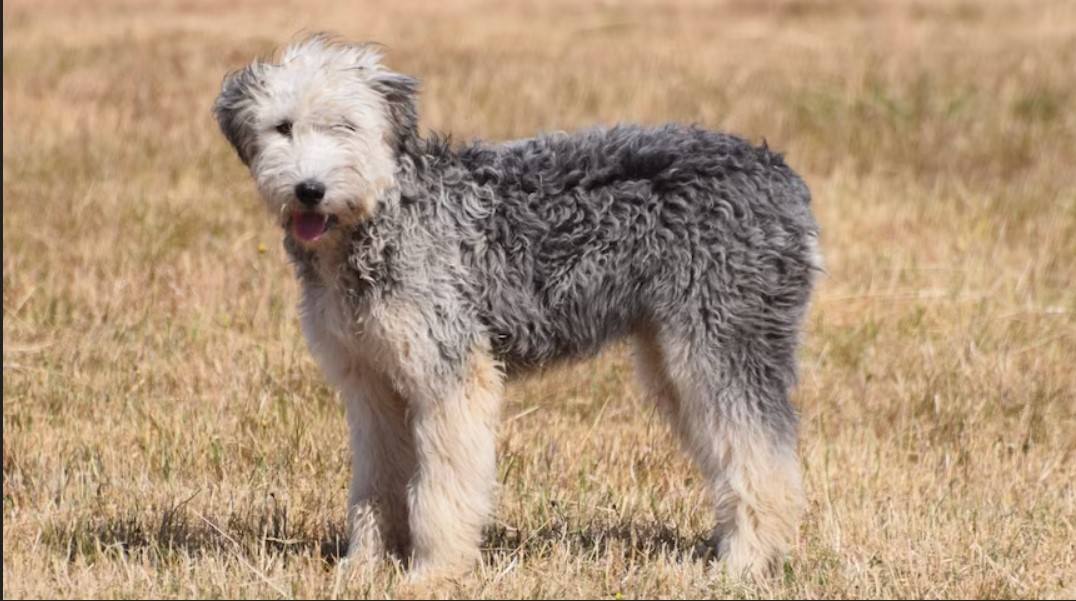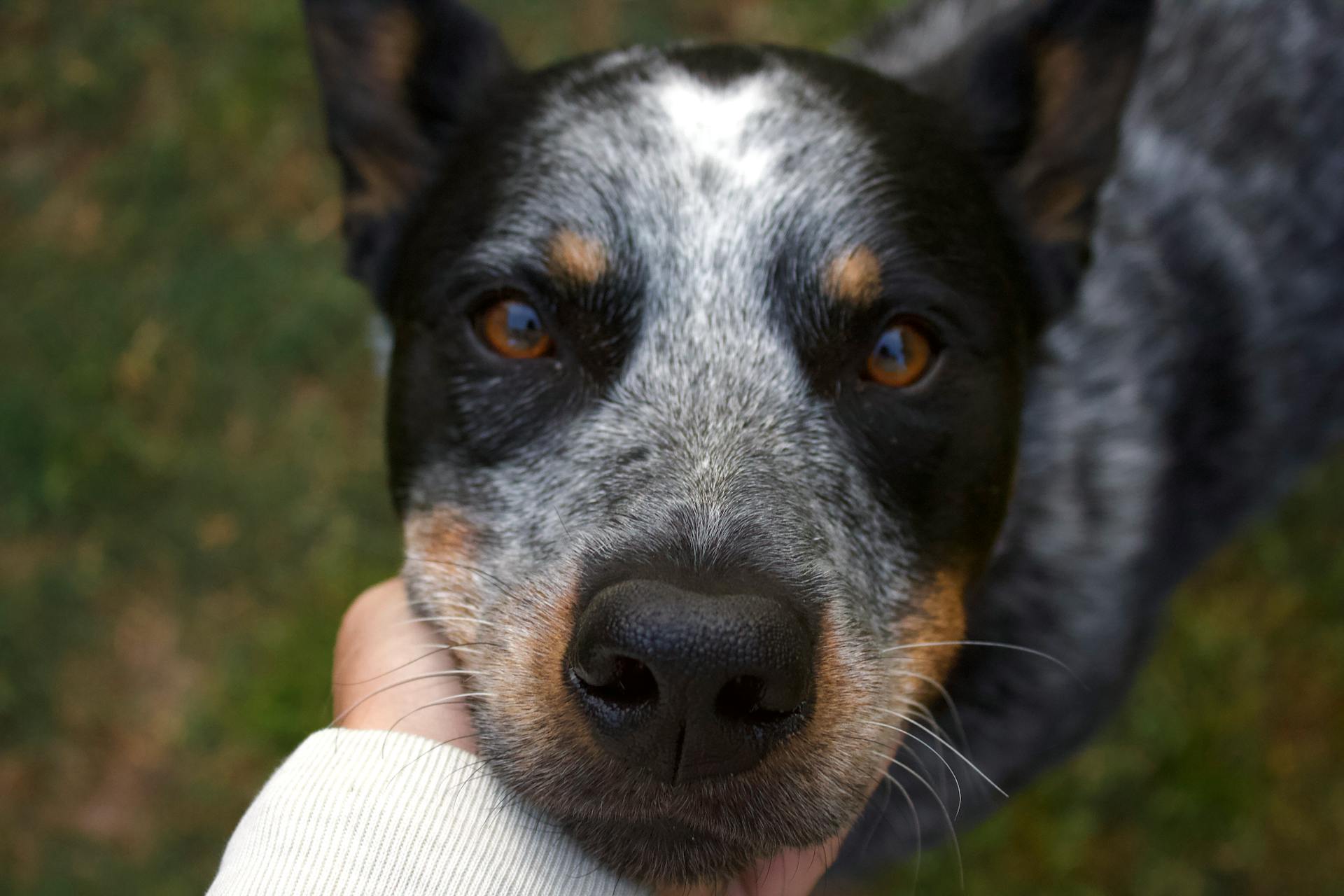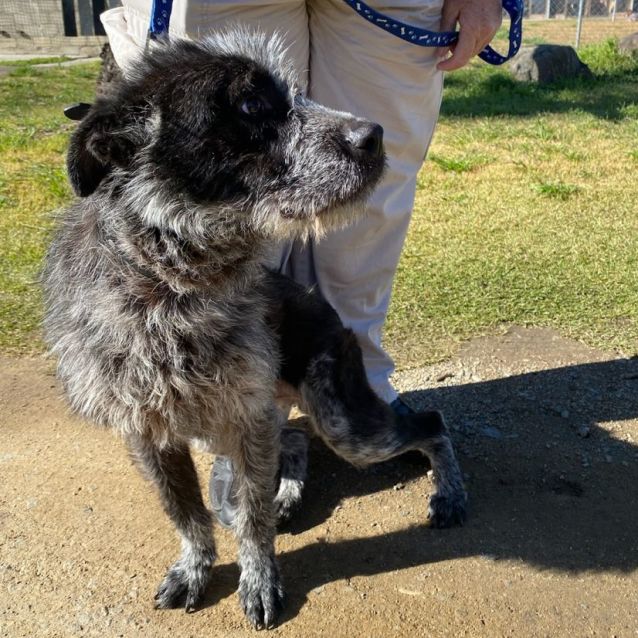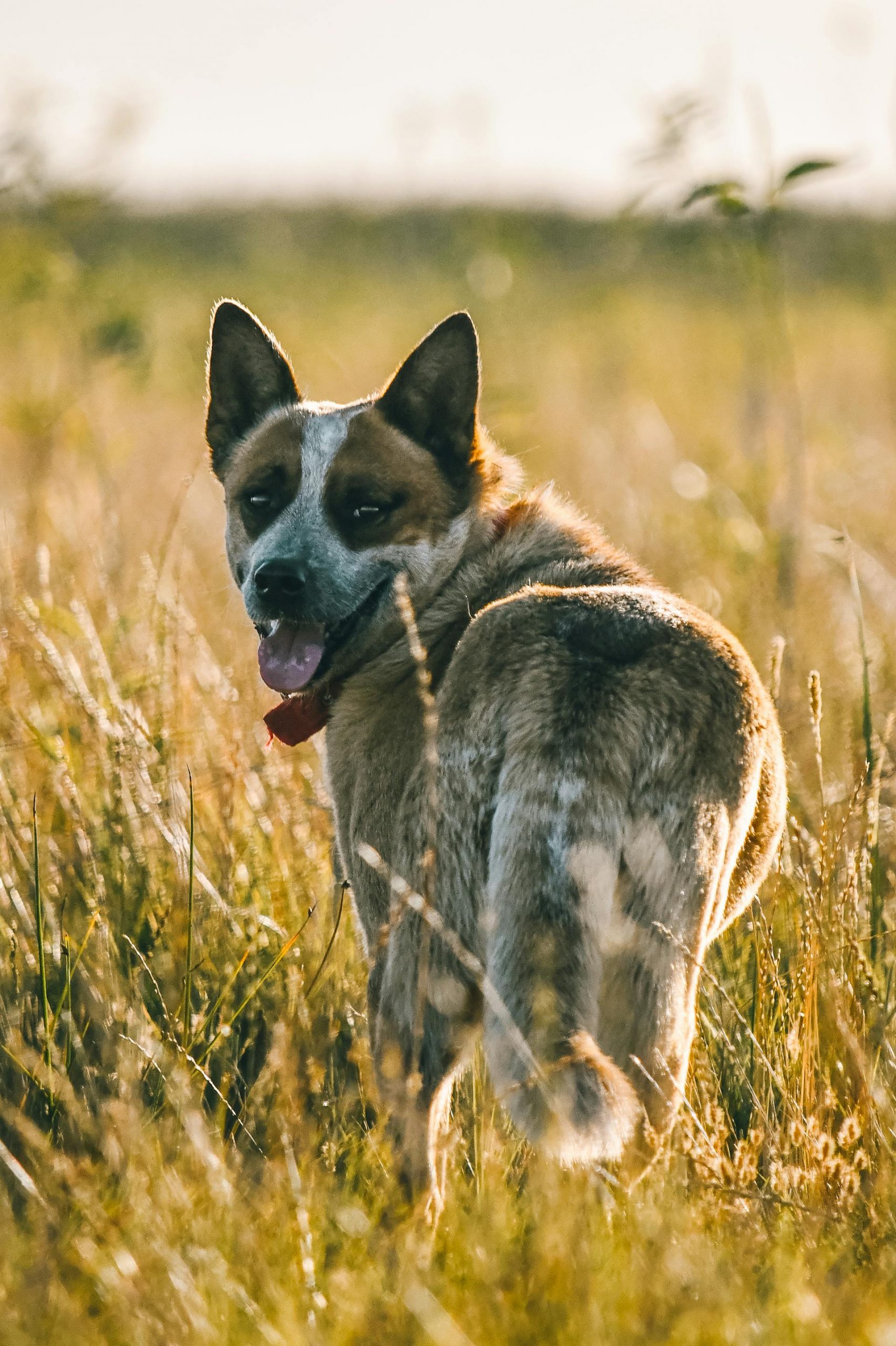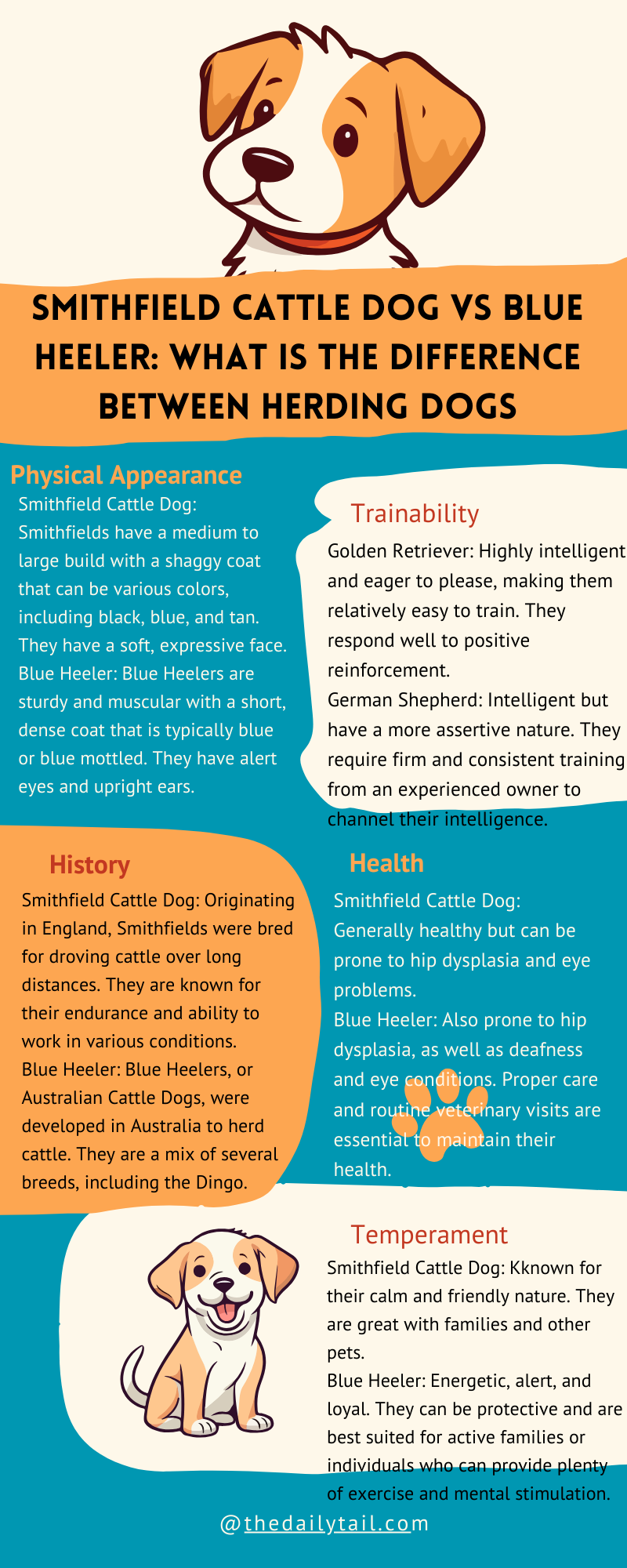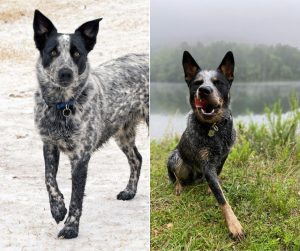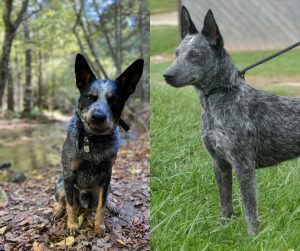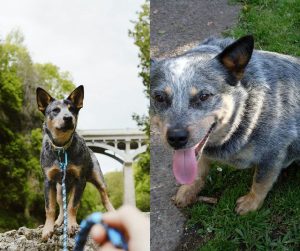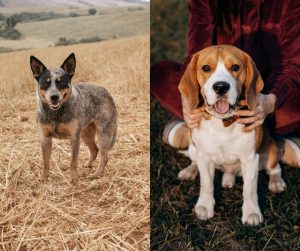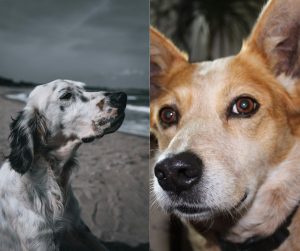When I first heard about Smithfield dogs, I was all ears, because dogs are my jam. Now, confusing Smithfields with Blue Heelers is a pretty common mix-up since they’re both herding dogs. And let’s be honest, Australia is a whole other continent. People from the United States are not much familiar with dogs in Australia.
I’ve been around dogs for almost my entire life. Yet, there are breeds that I have not met in person. That hasn’t stopped me reading about them. Do you want to understand the difference between these two herding dog breeds as well? Let’s go.
The term Smithfield generally refers to an old type of herding dog from Britain, but it’s not really a breed we see around much anymore. On the other hand, Blue Heelers, well, these pups are alive and kicking, especially on farms and ranches. They’re actually Australian Cattle Dogs with a fancy nickname that comes from their knack of nipping at cattle’s heels.
I’ve got to tell you, Blue Heelers, or Australian Cattle Dogs, have a special place in my heart. They’re super energetic and smart as a whip, which makes them fantastic working dogs. That is, as long as you keep them busy. These pooches are top-notch because they’ve got this amazing mix of Dingo in them—yeah, like the wild dogs in Australia—which gives them their toughness. But don’t let that tough exterior fool you; they’re really loyal and protective when it comes to their humans.
So, let’s take a look at the Smithfield Cattle Dog vs Blue Heeler dog breed difference.
Key Takeaways
- Smithfield refers to an older herding dog type, while Blue Heeler is another name for the Australian Cattle Dog
- Blue Heelers are known for their high energy, intelligence, and loyalty
- Proper care and ample activity are key to keeping these herding dogs happy and healthy
What Are Smithfield and Blue Heeler Dogs?
I’m about to share a bit on two fascinating dog breeds – the Smithfield and the Blue Heeler. I promise to keep things light and easy, so you’ll get to know these pups like they’re part of your own family. Being Australian dogs, they have yet to make it to the American Kennel Club. Let’s be honest here, while the Blue Heeler is quite popular across the ocean, the Smitfield is not. The American Kennel Club recognizes the Australian Cattle Dog, both the Blue Heeler and Red Heeler variants.
Origins and History
The Smithfield is a bit of a mystery pup, not widely known outside Tasmania, Australia. What I can tell you is that these furballs are believed to have come about from the old British herding dogs. Decades ago, they were the go-to dogs for herding in Tasmania. Pretty cool, right?
Now, Blue Heelers, or as some folks call them, Australian Cattle Dogs, are a more familiar sight in the herding world. They got their start in Australia when people mixed native Dingos with domestic dogs to create a tough, resilient breed for herding cattle. As for their catchy ‘Heeler’ nickname, it’s from their herding style—they nip at the heels of cattle to keep them moving.
Recognizing the Breeds
Alright, let me paint a picture of these pups for you. Smithfield dogs are medium-sized, muscular fellows with a coat that’s usually black and white. They’re like the old-fashioned farmer of the dog world, strong and hardworking. Then you’ve got your Blue Heelers. They’re also muscular and come in two main color patterns: blue speckled and red speckled, hence the names “Blue” and “Red” Heeler.
Talking about their looks, Blue Heelers are a striking bunch with their unique coat colors. Blue ones have a blue, black, and white combo that makes them look kind of like they’ve been sprinkled with paint. The red ones? They’re dressed in a lovely mix of red and white. Not to mention, these dogs are strong and sturdy—not too big, not too small—just the right size to get the job done.
In Australia, the Blue Heeler is also known as Halls Heeler, Quensland Heeler, or Australian Heeler. The first name is reference to person who came up with the breed, Thomas Hall.
As for some unknown Australian dogs, let’s also mention the Australian Stumpy Tail Cattle Dog. A lot of people mistake that one for a Blue Heeler as well.
Personality and Temperament
When it comes to the nitty-gritty of who these pooches are on the inside, it boils down to their lively spirit and big doggy hearts. They’re full to the brim with pep and ready to show their human pals just how loyal and lovable they can be.
Character and Behavior
The Smithfield cattle dog and the Blue Heeler, they’re like energizer bunnies with a knack for keeping busy. They’ve got minds that are always ticking, and they’re super smart, so they need a job to do or they’ll find their own – and that might mean your flowers could end up replanted. Energetic? You bet. They won’t settle for a lazy day when they could be running around. These dogs are very territorial and protective of their family, which makes ’em great watchdogs. They’ll keep a sharp eye out and let you know if anything’s amiss.
- Energetic: Always ready for action.
- Intelligence: They learn super fast.
- Alert: They miss nothing. Consider them your personal live alarm system.
They can be a stubborn bunch, sure, but with the right teaching, they’ll be following your lead like champs. And if you’re into playing fetch or frisbee, they’re game! But remember, these dogs enjoy a good chase and might do a bit of nipping, just like they would with cattle.
Interaction with Family and Kids
Let me tell you, these dogs, they’ve got hearts as big as a mountain. They’re loyal to the core, giving you every ounce of their affection. As for making them a piece of your family puzzle, they’ll fit right in and be your kids’ playful best friend – with a bit of teaching to keep the roughhousing gentle, of course.
- Loyal: They stick by your side.
- Affection: They give the best doggy cuddles.
- Playful: Always up for games.
One thing to keep in mind is, they can be a tad independent, meaning they won’t always come a-running just because you called them. It doesn’t mean they don’t love you to bits – they do! Their friendly wagging tails and affectionate smiles prove it every day. It’s good for kids to learn that different critters show love in different ways – and respect for when a pooch needs a little me-time.
Physical Attributes
When we talk about the physical appearance of Smithfield Cattle Dog vs Blue Heeler, we have to say, both are known for their well-built and robust physique. They embody the ideal characteristics of a medium-sized working dog that’s both strong and agile.
Size and Weight Guide
Smithfield Cattle Dog:
- Height: I’ve noticed they typically stand between 18 to 20 inches at the shoulder
- Weight: They usually have a solid weight, ranging around 30 to 45 pounds
Blue Heeler:
- Height: Blue Heelers grow between 17 to 20 inches at the shoulder
- Weight: They have a sturdy build too, weighing in at about 35 to 50 pounds
Both breeds have a length that’s slightly greater than their height, giving them a balanced and muscular appearance. Their strong build suits their active lifestyle perfectly, and it really shows when they’re out there moving with such enthusiasm.
Health and Care
Taking care of our furry friends is a matter of knowing what they might face health-wise and how we can ensure their happiness and well-being every day.
Potential Health Problems
Caring for a dog like Smithfield cattle dog or a Blue Heeler, means watching out for certain health issues. These puppies have a life span of 12-15 years, which is pretty good for a dog their size. Yet, they are prone to some health concerns, like deafness, hip dysplasia, or progressive retinal atrophy, that you need to look out for.
- Deafness: Check their hearing, especially as I age
- Hip Dysplasia: Look for signs of discomfort in their hips or trouble getting around
- Progressive Retinal Atrophy: Notice if they start bumping into things or losing theier way around the house
Looking After Your Dog
These canines thrive on love and good care! Regular grooming keeps them looking spick and span. They don’t need much, just a quick brush to keep their coat shiny and reduce shedding.
As a herding dog at heart, they need plenty of physical exercise and mental stimulation. These dogs are happiest when they have a job to do or some tricky games to keep their mind busy. And don’t forget to feed them the right nutrition; it keeps their engine running smoothly. Proper training is key as well; it helps these dogs understand what you expect from them and strengthens your bond.
Training and Exercise
When I teach my dogs new tricks or take them out to play, keeping things interesting and engaging is my top priority. A well-trained and active dog is a happy buddy, and I’m all about happiness.
Getting Started with Training
I always start training my new pals by setting a strong foundation of mutual respect and understanding. To me, dog training is all about clear communication and consistency. I keep my instructions short and to the point, and I make sure to reward good behavior. Patience is key.
Whether it’s herding sheep or just sitting quietly by my side, my dogs have an impressive ability to learn and respond to what I ask of them. They’re clever, so they catch on quickly, whether it’s learning to respond to commands or picking up on new tasks.
- Basics first: Simple commands like “sit,” “stay,” and “come.”
- Positive reinforcement works wonders: Treats and praise make learning fun
- Keep it chill: No need for a loud voice, a firm “no” does the trick
Exercise Needs for an Active Breed
Let’s talk about burning off that energy. These doggos have got an active streak a mile wide and they need plenty of exercise to stay fit and happy. We’re not talking a quick stroll around the block and calling it a day. Nope, I’m out here with my buddies, playing fetch, letting them sprint to their heart’s content, and diving into some agility training to keep their minds sharp.
- Daily exercise is a must: Long walks or runs, playtime in the yard.
- High-energy games are their jam: Fetch is always a good time.
- Agility training keeps them spry: A fun way to work out their bodies and brains.
Their intelligence and trainability make my life a whole lot easier, and their eagerness to please just adds to the joy of our training sessions. I reckon having an active dog by my side makes every day a bit brighter.
Breed-Specific Concerns
When talking about the Smithfield and Blue Heeler breeds, I think it’s important to look at what makes these dogs tick and why sometimes they might seem a bit tough to handle. It’s all about their background and what they’re naturally good at.
Understanding Instincts and Drive
These dogs have a whole lot of energy and smarts that come from their herding roots. I’ve seen it plenty of times—how they show a strong desire to herd just about anything, which could be from their Collie ancestors. Let’s break it down:
- Herding Instincts: Both breeds have a natural tendency to herd. These instincts can lead to behaviors like circling and nipping at heels to move people or other animals. It’s like they’re always on the job
- Intelligence: Now, we all know dogs are clever, but these pups? They’re on another level. This intelligence means they need mental stimulation. Without it, they can get bored and, trust me, you don’t want a bored herder on your hands
Dealing with Aggression and Protectiveness
Some folks get startled when they see how protective these dogs can be. There’s a reason for that:
- Protectiveness: It comes naturally to them. They’ve got this built-in alarm system that tells them to watch out for their family. I’ve seen how they stay alert and keep a close eye on strangers
- Dealing with Aggression: Now and then, these pups might show signs of aggression. This is often just their way of being protective, but it’s important to train them right so this behavior doesn’t become an issue. Consistency is key. I always say, the earlier you start with good training, the better
Lifestyle Compatibility
When picking between a Smithfield Cattle Dog vs Blue Heeler breed, think about your daily routine and home vibes.
Choosing the Right Breed for You
I’ve always found dogs to be more than just pets—they’re part of the family and our daily patterns.
If you’re someone who loves having a four-legged friend trotting by your side whether you’re on the couch or out for a run, let’s see which one of these two breeds might fit into your life best.
Smithfield Cattle Dogs are known for their energy, so a laid-back life ain’t their style.
They fit in well with active folks who have the time to involve their dog in lots of outdoor activities.
Whether you have a spacious backyard or live near the great open outback, these pups thrive where they can roam and stay active.
On the other hand, Blue Heelers are like the top students in class—smart, eager, and always ready for a challenge.
They’re one of those go-getter types that do well on ranches, spending their days herding and running around.
Blue Heelers aren’t just workers though; they’re pretty keen on being part of the fam too.
They’re ace at adapting to different social settings, so whether your house is always full of mates or it’s just the two of you, they’ll settle right in.
Now, if I had to pick, I’d say these breeds aren’t for the faint of heart or the super busy office worker with long hours and a small apartment.
But if you’re someone with a balanced work and home life, you could very well spend your extra time training and bonding with one of these beautiful dogs.
And trust me, a happy dog makes for a happy home, ’cause there’s nothing quite like the loyality and companionship they bring.

